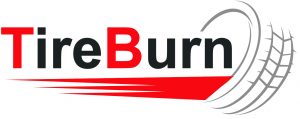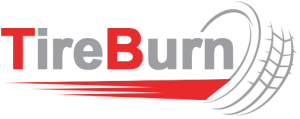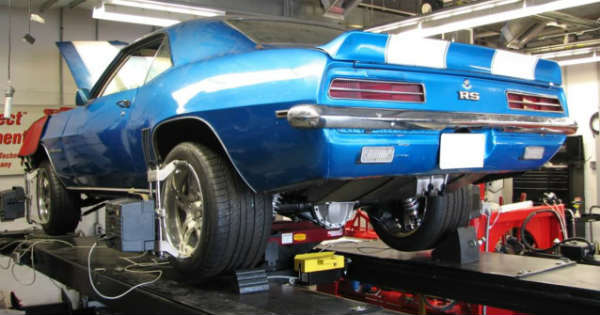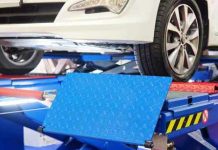You depend on your car to get you from point A to point B without a hitch. But that means taking care of it with regular maintenance. It may seem annoying or costly, but studies show regular maintenance can save you money and keep you safe. One of the most important things you can do for your vehicle is to pay attention to when it needs a tire alignment.
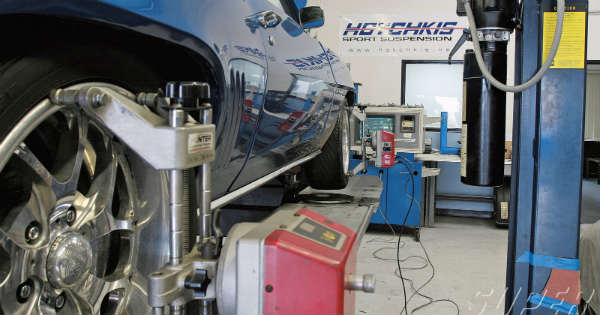
If you want to know more about cars you can visit axleandchassis.com
Are you unsure about what that is and what to look for? We have you covered. Browse this overview of tire alignment and why it matters for your driving experience.
What is a Tire Alignment?
Tire alignment involves adjusting your vehicle’s suspension so that the wheels and tires are at the proper angle just like your off road tires.
The suspension is the network of components that work together to allow you to operate your vehicle. That includes everything from the tires to shocks and springs and everything in between that connects the wheels to the rest of your car.
It serves the purpose of creating a smooth and supported ride on the road. And it also plays a major role in handling, braking, and tire performance by creating aligned wheels.
Tire Alignment Process Overview
There are a few major aspects a technician will review when performing a tire alignment, which is sometimes also called a front end alignment.
One of the first things they’ll do is review the camber of your tires. This refers to the inward or outward tilt of this component, which is known as negative and positive camber, respectively. There shouldn’t be excess tilt in either direction.
Another central aspect a mechanic will review is what’s known as the toe of your tires. This is related to camber, but it’s different because it refers to the angle of the tires from an overhead view.
Think of the way your feet look when you look down at them. Most people walk with their toes relatively straight-facing. Your tires should be the same way.
If a mechanic sees that your tires are pointing inward, that’s referred to as toe-in alignment. If they’re facing outward, that’s known as toe-out alignment. In either case, an alignment fix is necessary.
Finally, another major point of review is the caster angle. The caster is the angle of your steering wheel axis from a profile view. Again, just like your tires, the caster angle should be centered.
If the steering wheel axis tilts inward toward the driver, then the vehicle has what’s called a positive caster. If the axis points outward in the opposite direction toward the hood of your car, this is referred to as negative caster.
Any of these alignment issues are big indicators to your technician that an adjustment is due. But because most drivers can’t typically feel these subtleties on their own, it’s best to follow the recommended alignment service intervals from your car-care provider.
How Often Do You Need a Wheel Alignment?
The general advice is that tire alignments are necessary once or twice a year. This is not necessarily the rule. Your vehicle’s alignment needs also depend on the condition of your car and your driving habits and conditions.
For example, if you place your car in demanding situations like rocky terrain or other off-roading conditions and rely on it for work, you could run into the need for an alignment more frequently.
Any unforeseen event like hitting a pothole or road debris could also throw everything out of whack and require another visit to the mechanic.
Dangers of Neglecting Vehicle Alignment
The most obvious danger of neglecting proper tire alignment is safety. When your tires are misaligned steering will be impacted. If you can’t steer straight, you don’t have the proper control over your car.
This could put you and everyone else in your car and on the road in danger.
Your tires can also be negatively affected. They may wear down more rapidly and unevenly. This puts unnecessary stress on your engine and other components.
Not keeping up with tire alignment could also degrade the overall performance quality and fuel economy of your vehicle.
Benefits of Keeping Your Vehicle Aligned
On the other hand, keeping up with routine tire alignment can help ensure that your suspension system and tires are all in great working order.
You will be able to rely on confident steering, overall solid vehicle performance, and the assurance that you’re operating a safe automobile.
Signs That Your Car Needs an Alignment
Misalignment happens gradually and over time and there is no dashboard warning signal to alert you to an immediate problem. But there are some signs you can be mindful of that indicate your car is overdue for a tire alignment.
The most obvious sign is pulling noticeably to the left or the right when you’re driving.
The way the steering wheel feels can also indicate if you need an alignment. If you feel vibrations in the steering wheel or if it feels off-center, it’s probably time for an expert opinion.
Uneven tread is another sign to look out for. Contrary to what you might have heard, uneven tread doesn’t causes misalignment. It’s the other way around.
Visit AJs Station to have your suspension reviewed by one of their seasoned technicians. They’ll have you in and out as fast as possible with an aligned system and road-ready vehicle.
Learn More About Tires and Alignment
Tire alignment may not be the most glamorous automotive topic. But if you care about fuel efficiency, steering performance, and safety, it’s something to know about and take care of. Just like your off road tires
If you’re always on the hunt for more automotive knowledge, we’re here for you. Get more tips and tricks about tire health, alignment, and other car advice on our blog.
